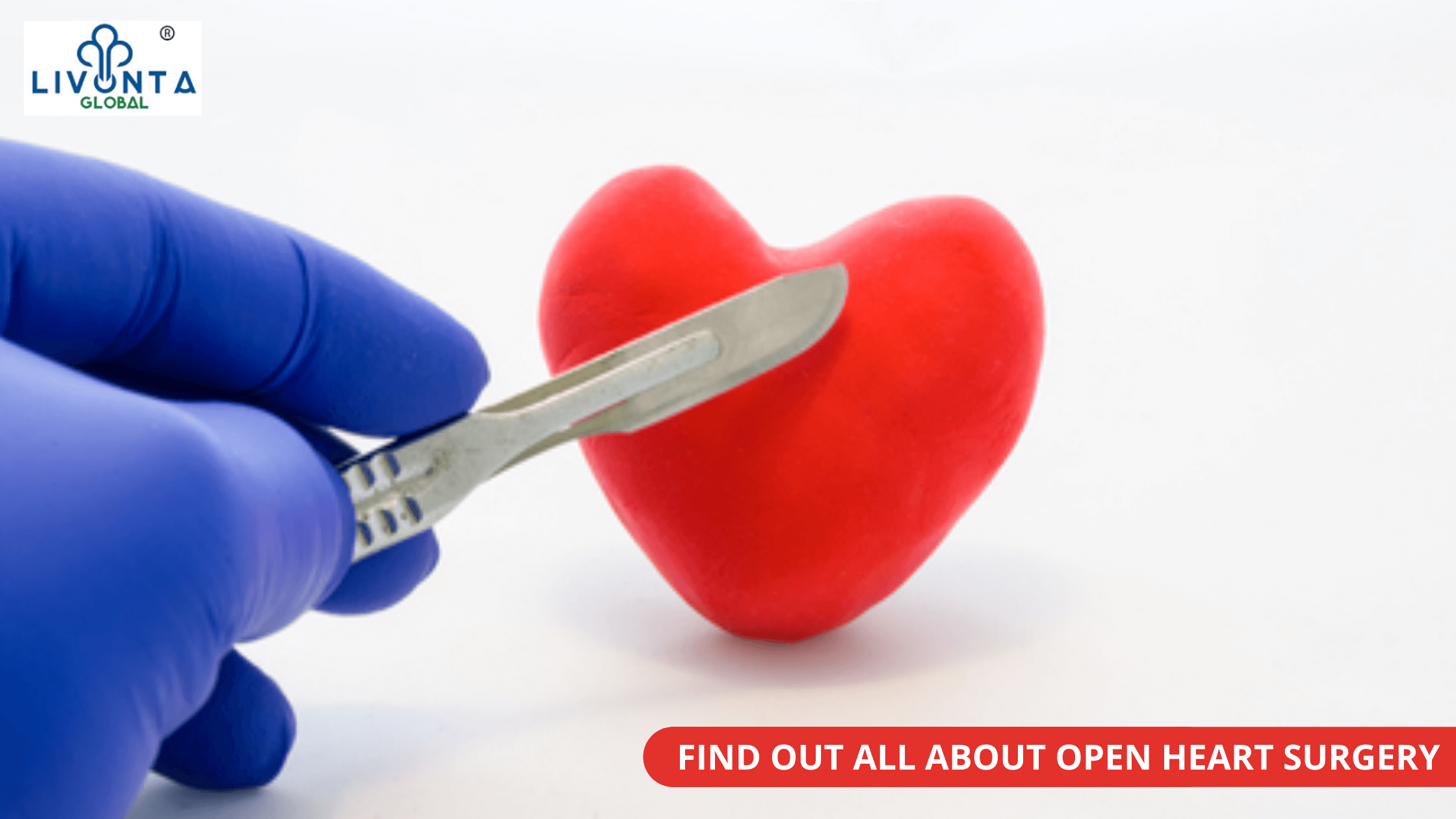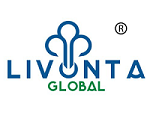
Find out all about Open Heart Surgery
When the coronary arteries delivering blood to the heart become blocked, open heart surgery is the gold standard therapeutic option in the Heart Treatment. The goal of open heart surgery is to control the flow of blood through the arteries and protect the heart from harm. Blood arteries from other sections of the body are used to produce a bypass in this technique. Two to four coronary arteries are usually grafted to control blood flow to the heart.
It is currently one of the most important life-saving operations undertaken. With the advancement of current technology, it now has a risk of 1% to 5%, which is comparable to any other surgery performed today. While the operation has many advantages and is frequently life-changing, recuperation from this heart treatment India is usually slow and difficult. Patients must be devoted to their follow-up care and heart-healthy lifestyle behaviours after surgery.
What is Open Heart Surgery?
Open heart surgery is an inpatient procedure performed in a hospital under general anaesthesia by a cardiothoracic surgeon or a heart transplant surgeon. Depending on the patient’s medical condition, this procedure may be scheduled or performed on an emergency basis.
The surgeon makes a big incision in the centre of the patient’s chest during open heart surgery. To reveal the heart within the chest cavity, the breastbone (which is attached to the ribcage) is cut in half lengthwise and spread apart.
The patient is attached to a heart-lung bypass machine once the heart has been revealed. The heart’s function is taken over by this machine, which pumps oxygen-rich blood throughout the body. As a result, the surgeon can operate on a heart that is “still.”
The common reason why you will need the best heart treatment in India is for coronary artery bypass graft (CABG).
Purpose
- The most prevalent indication is coronary artery disease (CAD), which occurs when fatty clumps (plaques) obstruct the arteries that feed blood to the heart muscle.
- It’s also possible to use open heart surgery to:
- End-stage heart failure should be treated
- Atrial fibrillation and other resistant cardiac arrhythmias are treated
- Repair of damaged heart valves
- Congenital cardiac abnormalities needs treatment
- Cardiomyopathy needs treatment
- When medical device like a left ventricular assistive device (LVAD) is inserted
What are the Different Types of Open-heart Surgeries?
There are various sorts of open-heart operations depending on the health conditions. Some of the most common ones are:
- Coronary Artery Bypass Grafting: This is the most common sort of heart surgery, and it’s used to provide the heart with additional blood supply channels. Typically, the healthy artery is extracted from the chest, arms, or legs.
- Heart Valve Repair or Replacement: This procedure involves repairing or replacing the valve with a biological or metallic valve.
- Treatment for arrhythmias: Arrhythmia is a heart rhythm disorder in which the heart does not beat in a regular rhythm. During surgery, a pacemaker or an ICD is implanted inside the body to correct abnormal heartbeats. Cutting-edge technology is now accessible for arrhythmia ablation therapies.
- Heart Transplant: The diseased heart is replaced with a healthy heart from a deceased donor in this surgery to treat severe heart failure.
Benefits
- Symptoms such as chest pain and difficulty breathing are alleviated or reduced.
- lowering the risk of cardiovascular diseases such as stroke and heart attack
- Increasing the chances of survival and improving the quality of life
Recovery
The breathing tube that was inserted at the beginning of the procedure will not be pulled until you are completely conscious from anaesthesia. Maintaining the advantages of open heart surgery requires ongoing care. You have to see your surgeon and cardiologist several times. You may have blood tests, an EKG, and/or a stress test during these sessions.
Cardiology TreatmentTags: best heart hospital in India, best heart treatment in India., heart transplant in India, heart treatment

